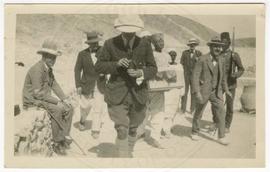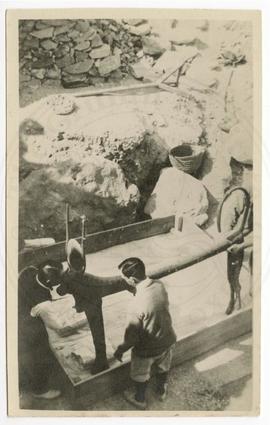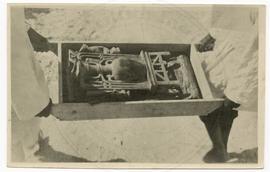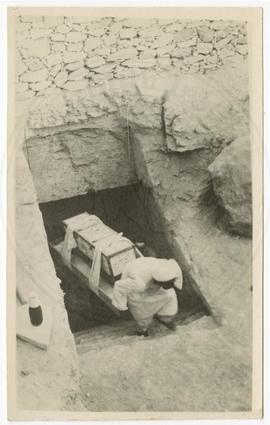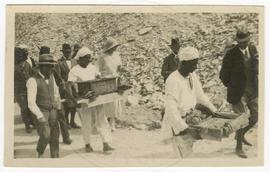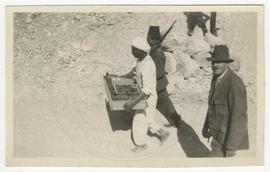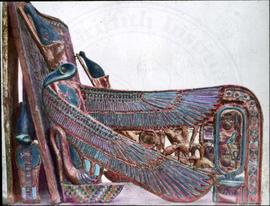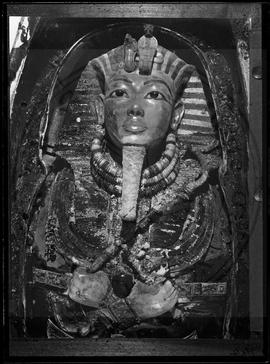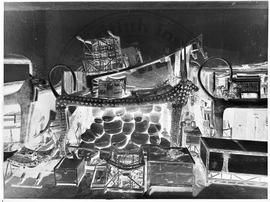Notebooks, notes, card indexes, copies of inscriptions, a corpus of transcribed hieratic ostraca and papyri, photographs, correspondence, and personal items.
- Series 1 to 4, 6, 7 contain photographs, copies, transcriptions and translations of Egyptian texts, and photographs of objects and sites.
- Series 5 contains articles and lectures, some unpublished.
- Series 5 and 10 contain notes on Egyptian history.
- Series 8, 14, 22, 24, 26 contain notes and indexes on lexicography and grammar and card indexes for a late Egyptian and general hieroglyphic dictionary.
- Series 17 contains notebooks with transcriptions of texts from ostraca, graffiti, papyri and other monuments. There is a card index of ostraca with references to notebooks in series 28.
- Series 18 and 23 contain Coptic notes and a card index for Coptic grammar.
- Series 25 contains data on Egyptian personal names.
- Series 33 is an etymological card index.
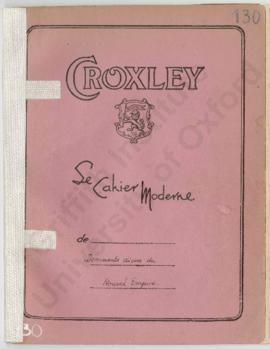
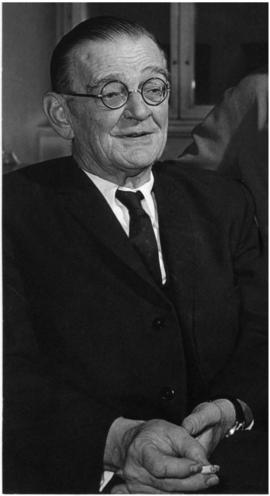
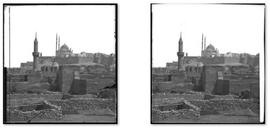
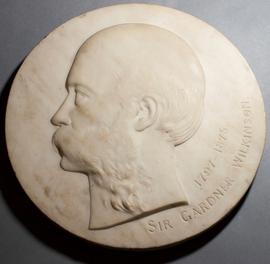


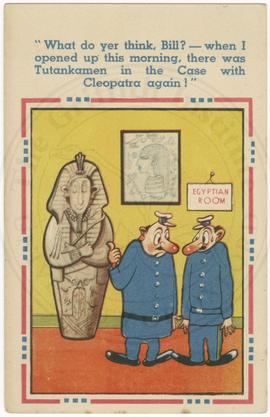
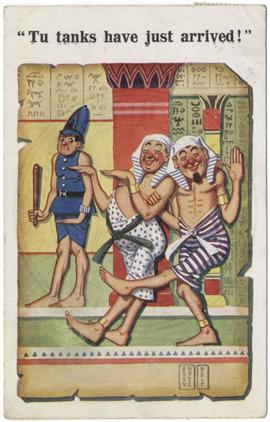
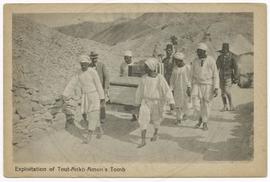

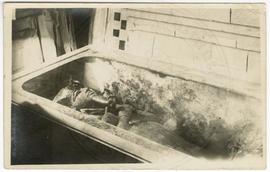
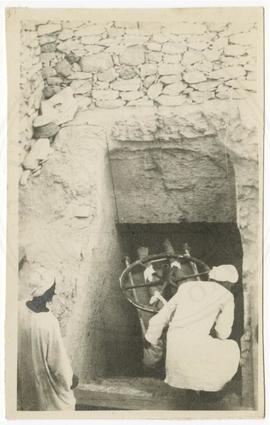
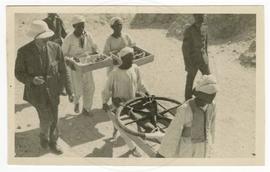

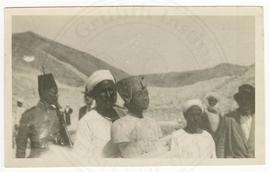
![Transporting Tutankhamun's "mannequin" [2]](/uploads/r/null/8/2/5/825a3eeafc9c1e4a5f477f9c720942de50142fe3a69b90777a088ba6f36dbcd8/TAA_ii_6_81bwm_142.jpg)
![Transporting Tutankhamun's "mannequin" [1]](/uploads/r/null/c/6/9/c6989faf4715475b8610a391b2f70fa89105333f6c3010bf5513e38d1be0ac67/TAA_ii_6_81awm_142.jpg)
